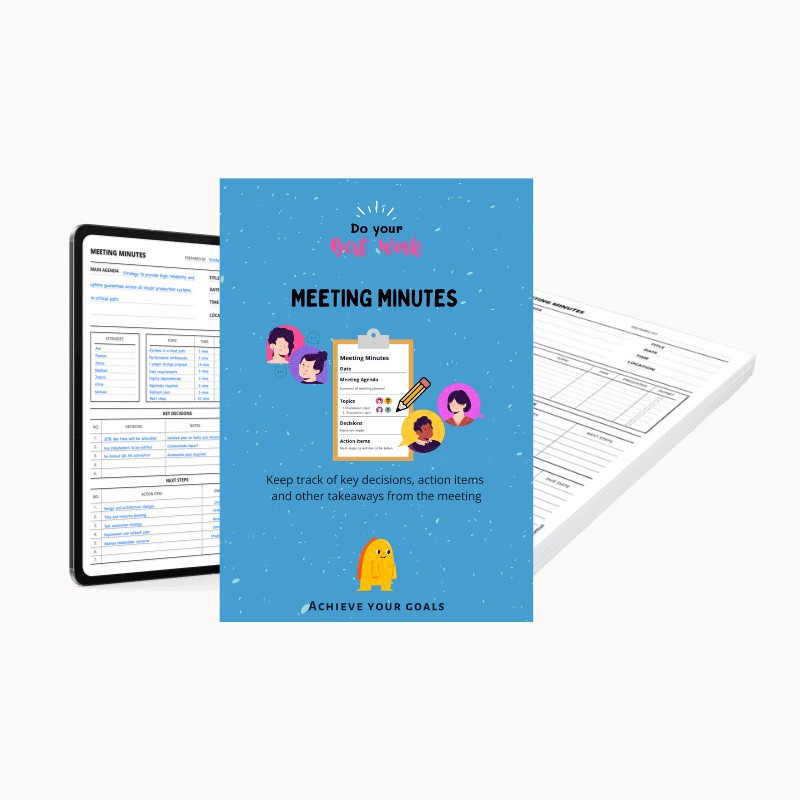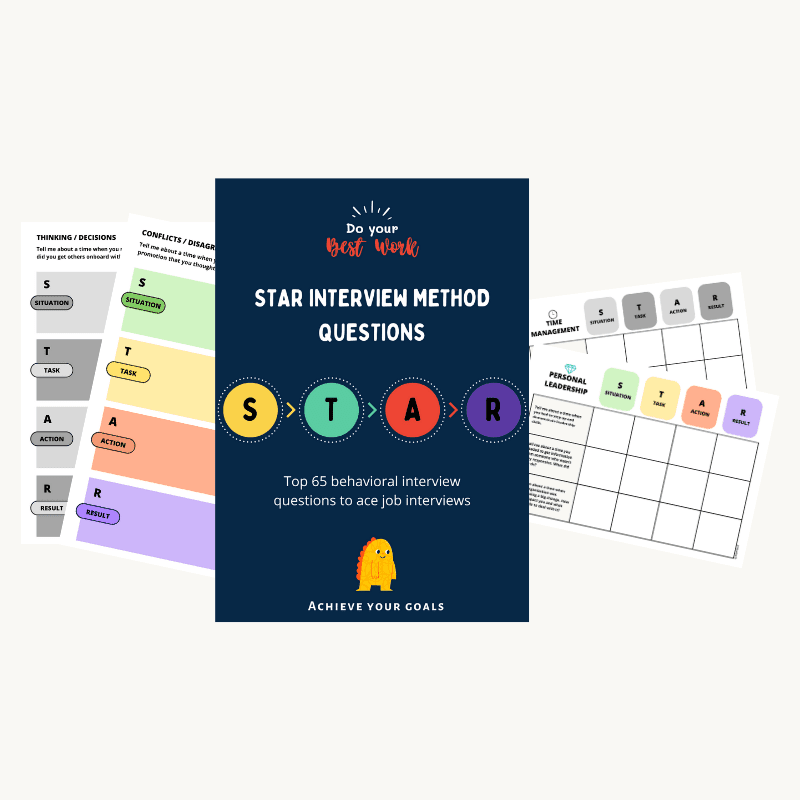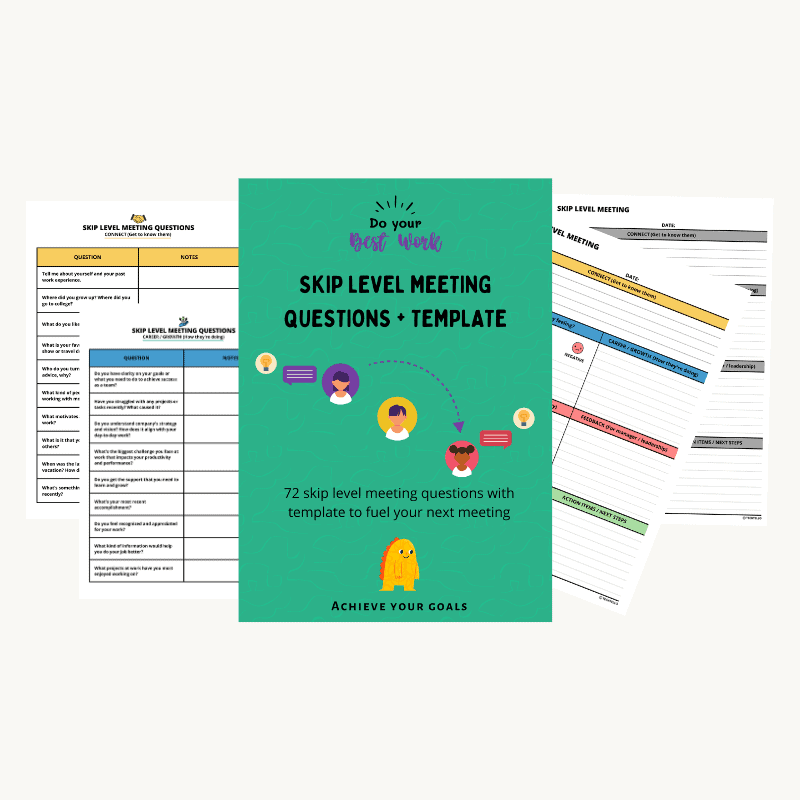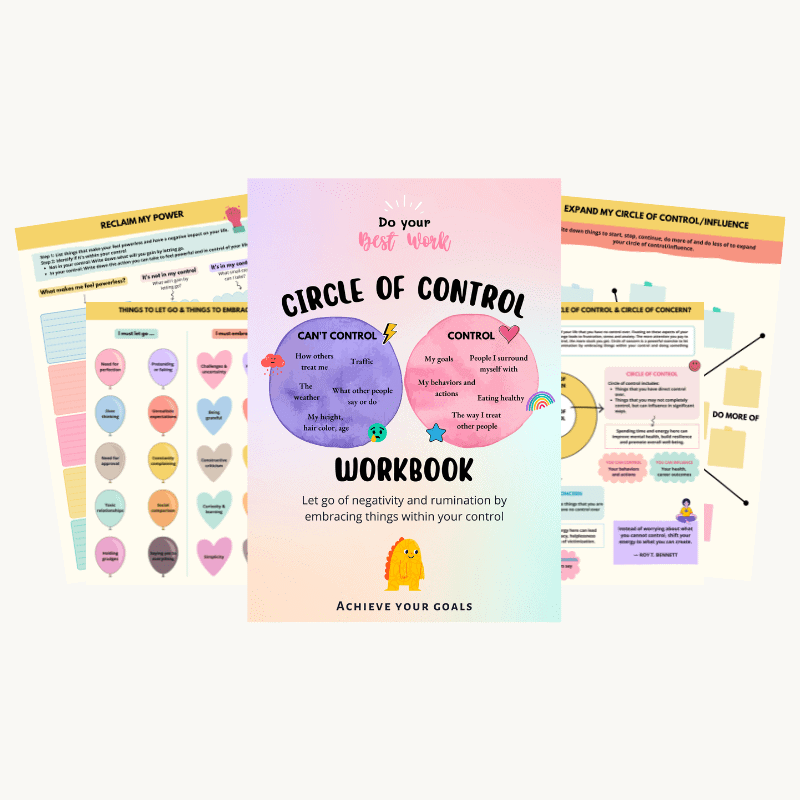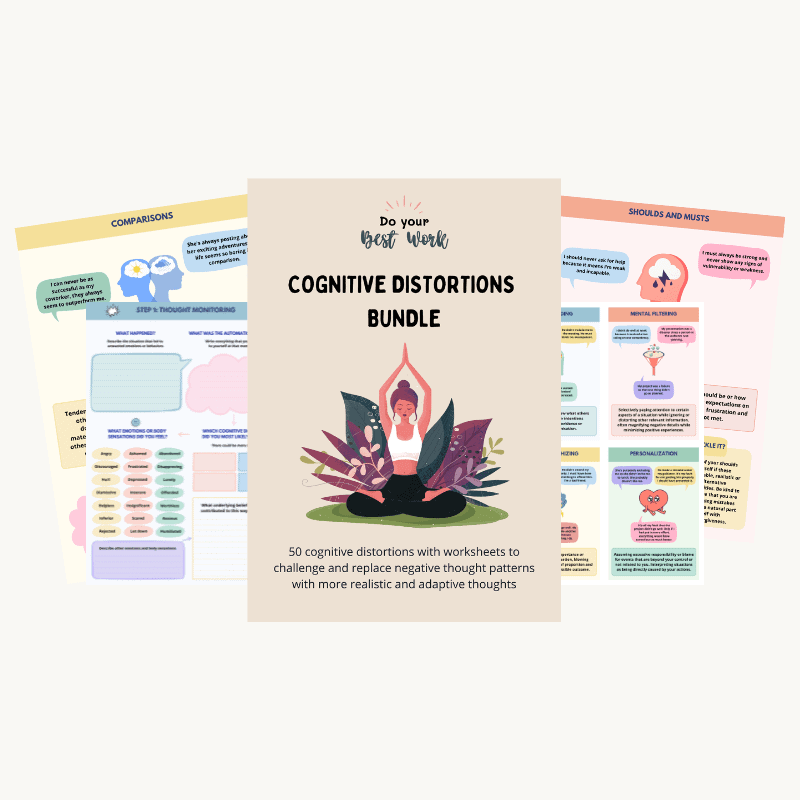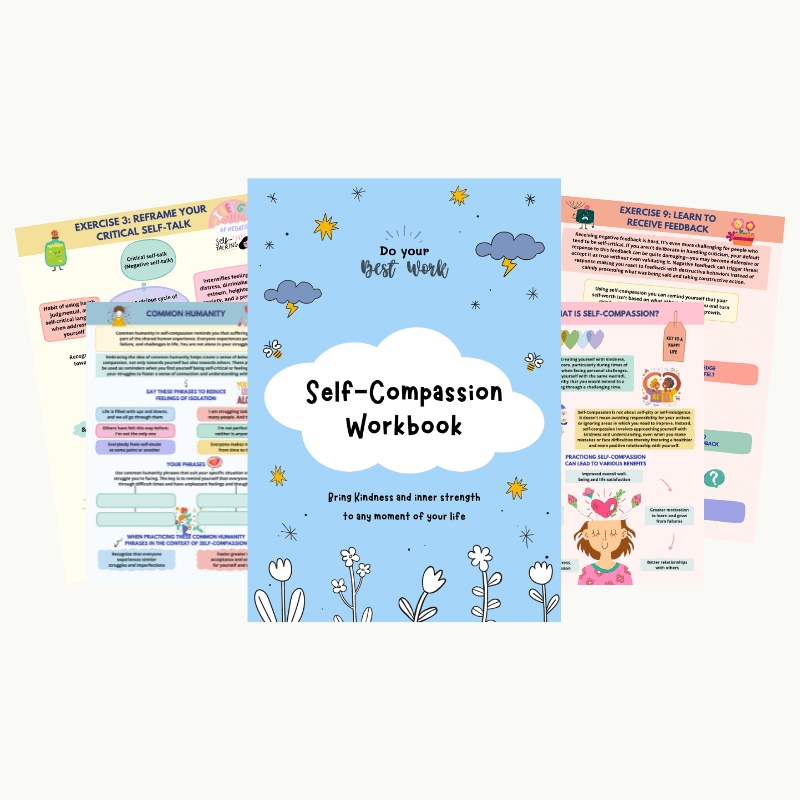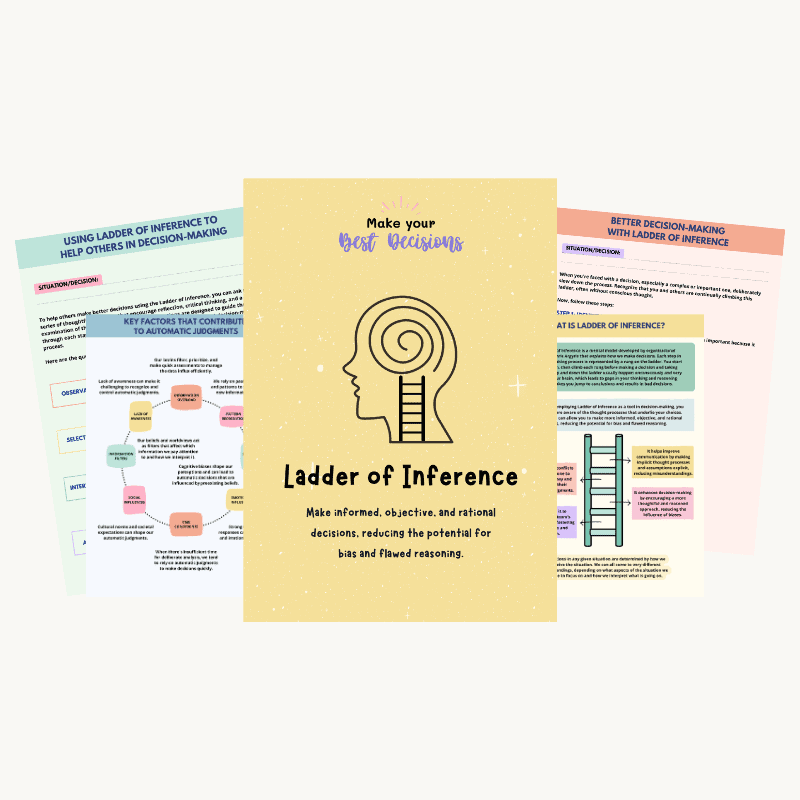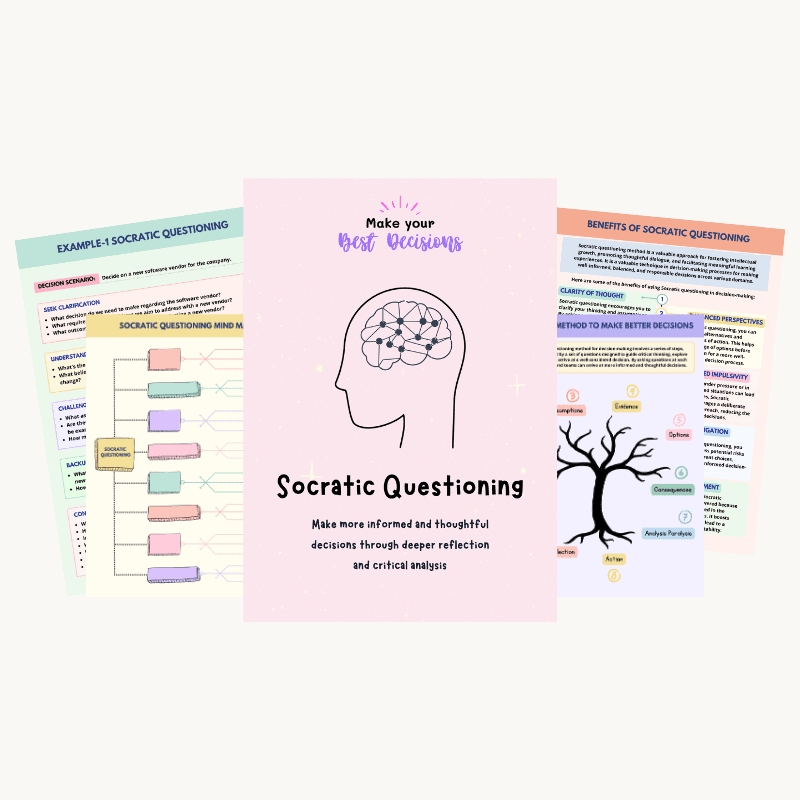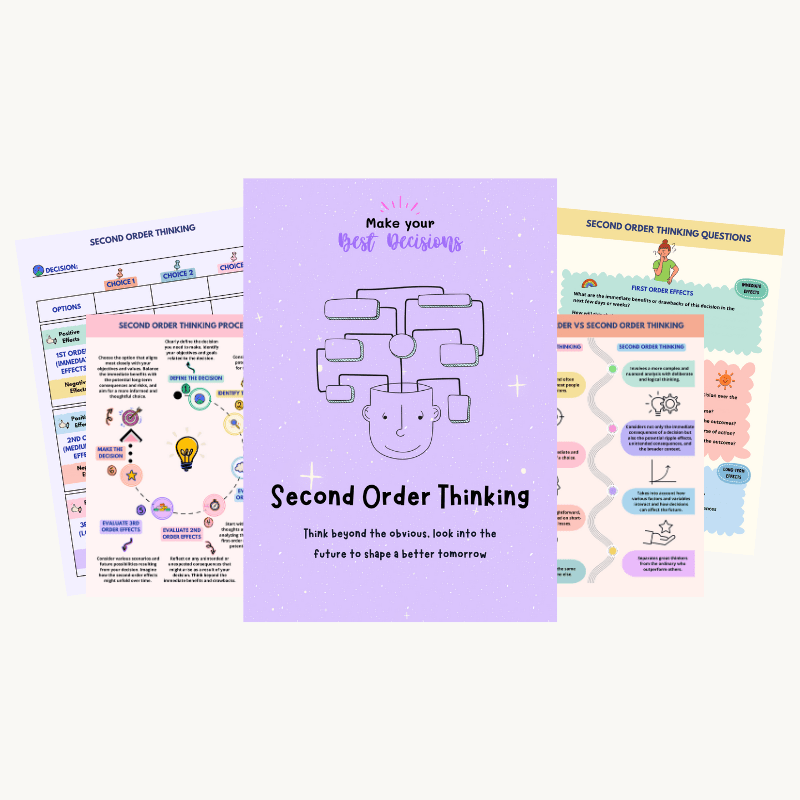How to Raise Concerns at Work

When you’re working, how many times do you get distracted by thoughts of unresolved issues or concerns?
Tech debt that needs attention.
Degrading code quality.
Cross-team collaboration effort that’s getting on your nerves.
When you put aside issues that matter and don’t put in the effort to get them resolved, they keep consuming your mental bandwidth and energy that should be spent in doing actual work.
Keeping these concerns to yourself is not only bad for your productivity, it also takes away the opportunity to introduce better processes, more efficient planning or any other improvement that can positively impact the entire team and the organization.
Maybe you raised concerns in the past, but they didn’t get addressed which now discourages you from even trying. When no one cares, why bother even trying?
Maybe you created a big deal out of something in the past that wasn’t even a problem, making you feel like a fool for raising issues that don’t deserve attention. What if you’re repeating the same mistake this time?
Past experiences, biases and other such fears can prevent you from bringing up issues at the right time and suffer in silence instead of voicing concerns and putting them to rest.
If you took one-tenth the energy you put into complaining and applied it to solving the problem, you’d be surprised by how well things can work out… Complaining does not work as a strategy. We all have finite time and energy. Any time we spend whining is unlikely to help us achieve our goals. And it won’t make us happier.
— Randy Pausch, The Last Lecture
Instead of whining, complaining and sobbing about your problems, use that time and energy to achieve your goals. Speak up, share your concerns using these 4 practices.
Get into the right frame of mind
When you’re agitated, irritated or overwhelmed with issues, all those negative emotions not only show up in your words, but also your body language.
Negative body language includes hand gestures, facial expressions and tone of voice that reflects anger, dissatisfaction and a closed-off attitude that makes it hard for others to listen or pay attention to your words.
Crossed arms shows defensiveness.
Pointing fingers can come off as blaming.
Raised voice feels confrontational.
Frowning projects disapproval.
Rolling eyes signals disrespect.
Irrespective of how pressing your concern is or how important you deem it in your mind, coming across too strongly can have quite the opposite effect—instead of getting others’ attention, it can turn people off, shut them down or diminish the impact of your words regardless of your intent.
Since non-verbal signals have five times the impact of verbal signals, paying attention to the image you are projecting is crucial to your first impressions.
― Susan C. Young, The Art of Body Language
When raising a concern, maintain a calm and neutral tone. Be assertive, not aggressive. Use respectful body language that does not feel intimidating to the other person. Sharing the issue without panicking, getting hyper or coming across as too pushy can break the first barrier to get your message across and make it count.
Act as an owner
When raising issues at work, many people take pleasure in pointing out problems thinking it’s their job to raise concerns and someone else should fix it. Such people are despised, ignored and dismissed because no one likes a person who keeps bringing up problems without taking ownership.
Our code quality sucks!
We can’t build a resilient system. There’s just too much tech debt!
I can’t meet this deadline because other teams won’t cooperate!
Such statements—irrespective of how relevant they are—go unnoticed because they state the issue that’s probably known to many others without a solution to fix it. Problem-focused talking creates noise, wastes time and distracts you by keeping you stuck in an upsetting situation with no progress in sight.
Shifting gear from problem to problem solving gets attention—it invites others to think, contribute and work towards a resolution. Solution-oriented talking reduces the friction to act by laying out possible solutions and unburdening others from the expectation to figure everything out on their own. It promotes ownership, responsibility and builds a sense of agency where people feel empowered to act, not just observe.
Our code quality isn’t up to standard. Here’s what I suggest we should do…
All our accumulated tech debt is making it hard to build resilient systems. I suggest we do [x, y, z] to ensure our systems are future-ready.
Lack of clear deadlines with dependencies makes it extremely difficult to integrate with other teams and release on time. Can we sit together with all the cross-functional teams and chart out a plan for a smooth on-time delivery?
We must accept responsibility for a problem before we can solve it. We cannot solve a problem by saying ‘It’s not my problem’. We cannot solve a problem by hoping that someone else will solve it for us. I can solve a problem only when I say ‘This is my problem and it’s up to me to solve it’.
— M. Scott Peck, The Road Less Traveled
When sharing a concern, don’t just state the problem and then leave it to others to resolve it. Suggest solutions and invite inputs, turning challenges into collaborative opportunities for progress.
Talk about impact
Many concerns don’t get acknowledged because they aren’t backed up by data or don’t properly call out the impact. Statements that don’t get into the details or highlight the consequences of leaving the problem unaddressed are as good as staying silent.
Our issue backlog needs to be updated. It appears many of them have the wrong priority assigned.
I am worried that our systems aren’t ready to handle next month’s expected load.
I am working very hard, but still lagging behind. There’s just too much to do.
These issues may be valid, but without calling out the impact, they are meaningless—they don’t register in the minds or make it to the priority list of the people who have the power and authority to do something about them.
When you talk about impact, your concern brings to the forefront the outcome of ignoring the problem or not giving it the attention it deserves. This makes it harder to ignore or dismiss it entirely.
There are 10 P0 issues in the backlog that haven’t been prioritized in the last sprint. If we don’t assign the right priorities, we may miss out on critical issues that need immediate attention. Here’s a criteria I suggest we can use before marking issue priority and categorizing them into critical vs non-critical…
Our systems are currently able to handle 1M users / day. However, based on business projections, we may see a spike in users up to 1.5M / day next month. There are many events planned around this target and business will suffer a huge revenue loss if our systems aren’t prepared to handle this load. I suggest we run a load performance test to measure the supported scale and then decide the next course of action.
I have three major assignments that are due in the next 2 weeks. With the amount of work left, I do not believe that I’ll be able to meet those commitments. We must re-prioritize and reset expectations with our stakeholders so that they can work on an alternative plan instead of relying completely on all the deliverables that were originally committed. Informing them at the last minute will damage our trust and reputation.
We must speak truth to power and confront ignorance with facts.
― DaShanne Stokes
Do the homework if you expect others to take you seriously. Substantiate your claims with data and make them relevant with impact. Others can’t ignore you when you base your concerns in facts, not in feelings, assumptions or vague generalities.
Ask for advice
People like to feel in control and have a say. They not only have a high regard for their own ideas and solutions, but also appreciate those who seek them. When sharing your concerns, instead of ending with your thoughts, invite others to contribute by seeking their opinion.
Asking for advice shifts their frame of mind from problem to solution. When put on the spot to answer a difficult question or make a difficult decision, they are more likely to be rational, less biased and may even agree with your opinion.
You don’t have to please them in order to be liked or to get something from them. Be genuine when asking for advice because they can make out when you’re authentic and when you’re manipulating them to have it your way.
Frame your concerns or questions in a way that invites them to share their ideas and shows respect for their opinion:
What’s your perspective on…?
How would you deal with…?
What would you do in this situation…?
What’s your suggestion?
Asking for advice is a great way to redirect their thoughts in the direction you want. Even thinking momentarily about your question makes it more likely for them to lean towards your suggestions or the outcomes you want.
People who are skilled at dialogue do their best to make it safe for everyone to add their meaning to the shared pool—even ideas that at first glance appear controversial, wrong, or at odds with their own beliefs.
— Kerry Patterson, Crucial Conversations
Others can’t ignore your concern when you make them part of the problem and feel inclusive. They can’t refuse to help out. It’s the smartest strategy to get their buy-in and move forward with your goals.
Summary
- Staying silent instead of raising your concern feels safe—you don’t have to convince anyone to see things your way. But leaving issues unresolved consumes your mental bandwidth and energy which prevents you from being productive and performant at work.
- How you say things matter as much as what you say. Body language that shouts strong opinions, judgments or comes across too strongly turns people off. It triggers a negative psychological reaction that makes them dismiss your concerns instead of showing openness and curiosity. When bringing up issues, stay calm and composed. You can communicate your worries without getting aggressive.
- When all you do is bring up issues without a plan to fix them, it comes across as whining. Without showing willingness to act, your attitude towards problems comes across as defeatist, unconstructive and demotivating. It’s a voice of constant pessimism that saps enthusiasm and drains energy. To get others to take you seriously, act as an owner. Shift from problem mindset to solution based thinking.
- When so many things vie for people’s attention, how can you get them to focus on the things that you’re trying to communicate? Instead of simply stating the problem, talk about the impact of leaving it unaddressed. Knowing the consequences can get their attention and support to get it fixed.
- Everyone has a point of view that they consider is the best. When raising a concern, not including these inputs not only prevents you from getting all the data points to make the best decision, it also makes others reluctant to commit. One of the best ways to get a buy-in from others is to seek their perspective and ask for advice. When others feel inclusive and valued, they’re more likely to engage fully, support the direction and commit to making it succeed.














